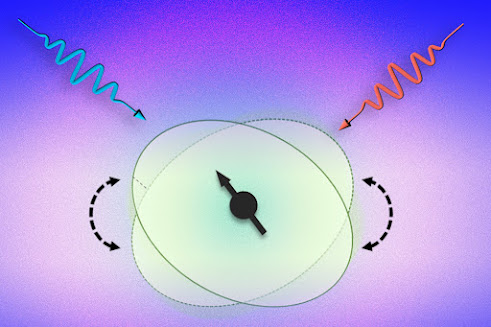 |
| Left: Marc Bockrath, professor of physics. Center: Jeanie Lau, professor of physics. Right: Mohit Randeria, professor of physics. Photo Credit: Photos courtesy of Ohio State University |
Researchers have produced new evidence of how graphene, when twisted to a precise angle, can become a superconductor, moving electricity with no loss of energy.
In a study published today (Feb. 15, 2023) in the journal Nature, the team led by physicists at The Ohio State University reported on the key role that quantum geometry plays in allowing this twisted graphene to become a superconductor.
Graphene is a single layer of carbon atoms, the lead that is found in a pencil.
In 2018, scientists at the Massachusetts Institute of Technology discovered that, under the right conditions, graphene could become a superconductor if one piece of graphene were laid on top of another piece and the layers were twisted to a specific angle – 1.08 degrees – creating twisted bilayer graphene.
Ever since, scientists have been studying this twisted bilayer graphene and trying to figure out how this “magic angle” works, said Marc Bockrath, professor of physics at Ohio State and co-author of the Nature paper.




.jpg)
.jpg)



.jpg)






.jpg)


.jpg)



.jpg)

